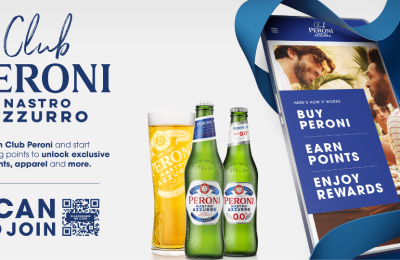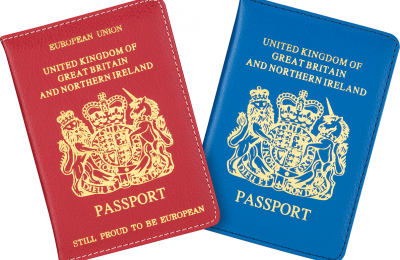Jack Lamacraft, Co-Founder and Managing Director at The Park, shares the importance of considering your colleagues as well as consumers when planning campaigns.
The majority of briefs we receive challenge us to engage directly with potential customers; the people who are possibly going to buy our clients’ products or services and help their business grow. That makes perfect sense but there is an important audience that is often completely overlooked – the employees of the brand.
Too often employee engagement is viewed purely as a box that needs to be ticked and the means of communication are functional and uninspiring – an email from the CEO, an update on the company intranet or a poster in staff kitchens. Also, often these communications are managed by people who don’t necessarily have the marketing skills to drive home a message in an engaging and compelling way.
A brand’s employees need to be treated as a pivotal audience for any new campaign or marketing initiatives, they need to be convinced of the brand’s power, they need to be fully on board. By taking the time to engage this audience, it’s possible to create a galvanised, empowered and motivated team. Ultimately, employees are far more likely to interact with potential customers than the leadership team so it’s crucial that they feel like they are part of something amazing. It doesn’t make sense to be saying one thing to the public but not proving it to your own people, they need to be living and proving your promise each and every day.
There are a number of things to consider when planning employee engagement:
Who are you targeting?
Many of the clients we work with have huge teams, but it may not be possible to reach them all effectively. Who are the people that can be targeted to cascade the message through the rest of the organisation? We recently worked on a project with Primark where we worked closely with the thousand most senior people in the business across all their key markets, these people were then able to deliver the message throughout the entire organisation.
Who is responsible?
Ideally this should be a combination of the internal communications team and the marketing department, the marketing team are the ones with the relevant skills needed to deliver compelling communications campaigns. They are also the ones responsible for campaigns that are in the public arena and can make sure that the messages are consistent across different audiences. It’s also important that there is board level buy-in, without the senior people supporting the activity it will fall flat when we worked on a recent campaign we were dealing directly with the CEO and the senior leadership team, who were all totally invested in the project.
What is the most effective way to deliver the message?
Every organisation is different, with some it may be possible to get everyone in a room, but some have thousands of people in hundreds of locations across the globe. What is important is to think about the most compelling, engaging and memorable way to deliver the message. As with a consumer-facing campaign creativity is crucial. It’s important to bring the brand to life. One of the most memorable campaigns I worked on was to announce a bank’s partnership with a fashion retailer in an engaging way, to do this we put a catwalk in the head office reception, complete with lights, music, a wall of photographers, cheering fashionistas and a commentator complementing the staff of their choice of attire. It was a simple idea but extremely effective.
What does success look like?
As with anything, measurement is crucial and it’s key to determine what metrics are important and what you’re trying to achieve before any activity commences. We sit down with all the relevant stakeholders across different parts of the business before planning any work to talk about what we need to influence and how we’re going to go about it; there isn’t one key metric that works across all campaigns. Sometimes it’s about communicating a simple one-off message in a concise and memorable way but it may also be a year-long programme designed to get new staff fully immersed in a new brand strategy.
The good thing about working directly with your people is that it’s much easier to conduct regular research with the audience you’re engaging with and to get a full understanding of the effectiveness of any campaigns. It’s also very important to make sure that any potentially negative trends are addressed; the worst thing that can happen is to ask for a person’s opinion, identify a problem and then ignore it.
Most brands we work with operate in a competitive environment and to give themselves the best chance of success they need to make sure that their people are fully engaged, galvanised and empowered, taking the time to plan staff engagement properly can potentially give them a slight edge over their competitors.
To find out more about The Park, get in touch with Jack Lamacraft at jack@thepark.london

























